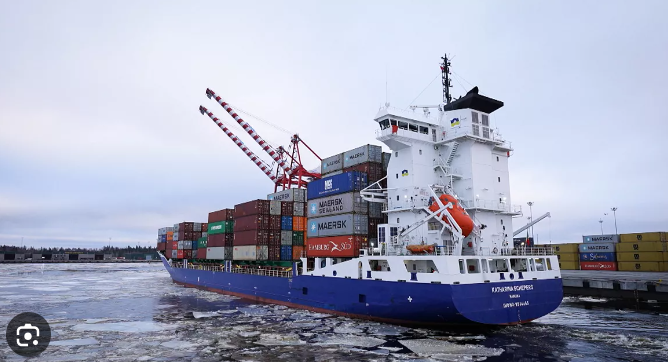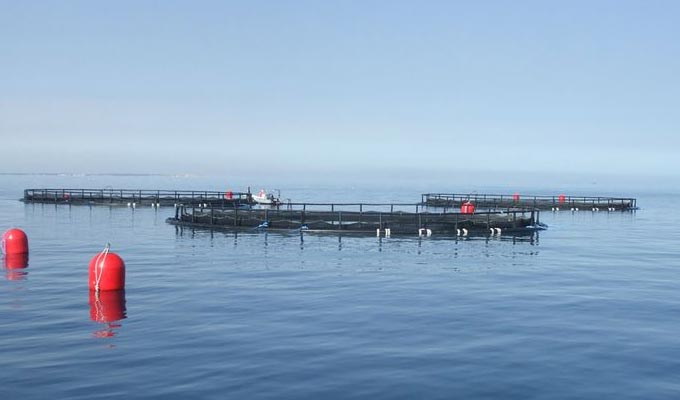As part of the European Efficient Flow project, Sweden and Finland are implementing a new port management model to limit waiting times for freight transport ships.
The Baltic Sea is one of the busiest sea areas in the world. More than 2,000 ships sail there permanently and, each year, more than 750 million tonnes pass through it, or around 15% of global maritime transport.
As part of the European “Efficient Flow” program, several ports in Sweden and Finland have recently implemented a new system for reserving time slots for the docking and departure of merchant ships.
This model makes it possible to reduce the waiting time of boats and, consequently, to limit their fuel consumption and their carbon emissions.
We visited the port of Gävle, Sweden, one of the country’s largest terminals, to understand how this new system could revolutionize maritime transport.
Limit ship waiting times
Traditionally, bulk shipping – which accounts for 60-70% of global shipping – uses a first-in-port, first-served model. Other boats are forced to wait their turn before docking.
Efficient Flow aims to streamline maritime traffic by allowing ships to adjust their arrival times in real time during their journey at sea. Digital tools, such as the Port Activity application, have been developed so that ships can share information quickly and transparently.
“All port stakeholders are informed in real time of the arrival of a ship,” explains Ulf Siwe, Efficient Flow project manager. “They don’t need to call, they have the information in an application and can therefore update their schedule.”
The port of Gävle receives around 800 ships per year. Thanks to this new system, shipping companies can reserve an arrival slot in advance and thus avoid waiting times at the port.
“We are reducing fuel consumption by around 10% per ship, which amounts to 300 tonnes per year,” explains Claes Möller, CEO of the shipping company Tärntank. “This corresponds to 1,000 tonnes of emissions per year per ship.”
Virtual arrivals
Thanks to this new system, ships can carry out “virtual arrivals” in advance.
“[Virtual arrivals] allow you to request a waiting ticket well before you arrive at the port,” explains Linda Astner, sustainability manager at the Port of Gävle.
“So during the entire journey between the mainland and the port of Gävle, you can choose to sail in an eco-friendly way because you know that you will be able to dock at the port without waiting. You can therefore limit carbon dioxide emissions and gain efficiency,” she adds.
These virtual arrivals help optimize Gävle’s operations and supply chain. Port workers, trucking companies and freight transport operators all have access to real-time information.
The total budget for Efficient Flow is around €4.5 million, of which 75% comes from EU cohesion policy, and 25% from Sweden and Finland.
In addition to Gävle, around fifteen Finnish ports already manage their maritime flows using this solution.
If widely adopted by ports and bulk shipping companies, this new system could reduce global shipping fuel consumption and carbon emissions by 5 to 20 percent.



